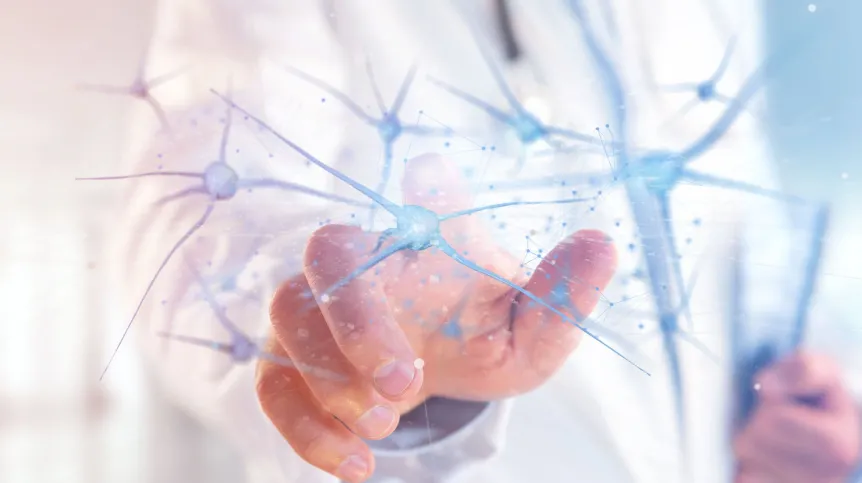
Thoughts held in working memory, even when they are not the focus of attention, require continuous neural activity to remain accessible, according to new research published in Nature Human Behaviour by scientists at the Nencki Institute of Experimental Biology of the Polish Academy of Sciences.
The study, led by Dr. Jan Kamiński, challenges the widely accepted "activity-silent" theory, which suggests that information not currently in use can be stored without ongoing neural activity. The findings suggest instead that the brain keeps unused information active through sustained electrical signals.
“We analysed the neural mechanisms of working memory. Contrary to the popular activity-silent theory, we discovered that thoughts held in our working memory that are not the focus of our attention are still represented by active, sustained neural activity,” said Kamiński, from the Laboratory of Neurophysiology of the Mind at the Nencki Institute.
“It appears that a significant portion of our thinking is based on the continuous electrical activity of neurons — regardless of whether the thought is currently in use or merely ‘waiting in the queue’,” he added.
Working memory, often described as the brain’s mental blackboard or RAM, is the short-term system that holds and processes information temporarily — such as remembering a phone number, doing calculations, or tracking ingredients while baking.
Previous studies using EEG and fMRI techniques had suggested that unattended information could be stored silently, without visible neuron firing. However, these methods monitor large groups of neurons and may not detect subtle activity at the level of individual brain cells.
Kamiński’s team used a rare and more precise method: direct recordings of single neurons in the human brain. This was made possible through collaboration with patients with drug-resistant epilepsy, who had electrodes implanted in their brains for clinical diagnosis.
“Approximately 30% of epilepsy patients do not respond to pharmacological treatment. The most effective solution may be surgical removal of the seizure focus, but it must be precisely located first,” Kamiński said.
During the diagnostic process, electrodes were implanted in the medial temporal lobe — a region essential for memory. Using microelectrodes, researchers recorded the activity of individual neurons as patients participated in a memory task.
In the experiment, participants were shown two familiar images. They were instructed to actively focus on one image and memorize the other for later, effectively keeping it in working memory but outside the focus of attention. The researchers then examined whether neurons associated with the unattended image remained active.
They found that the neurons encoding the image not currently in use continued to fire, although in a different pattern than when the image was actively observed. The shift in attention altered the mode of activity, but not its presence — contradicting the idea that the information was stored in a dormant or “silent” state.
The first author of the study is Katarzyna Paluch, PhD. The research adds to the understanding of how working memory operates and may have implications for diagnosing and treating conditions such as ADHD, OCD, schizophrenia, and depression.
“Our results significantly deepen our understanding of memory processes and may contribute to the development of better methods for diagnosing and treating cognitive disorders,” Kamiński said.
Link to the source paper: „Nature Human Behaviour”.
Ludwika Tomala (PAP)
lt/ bar/ amac/













